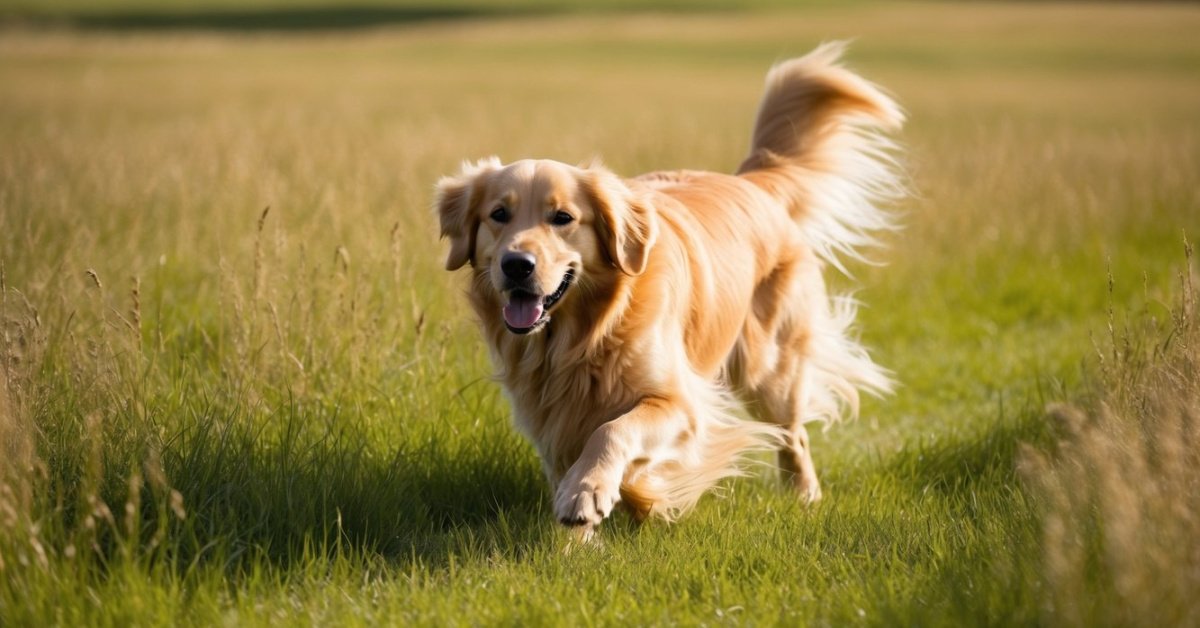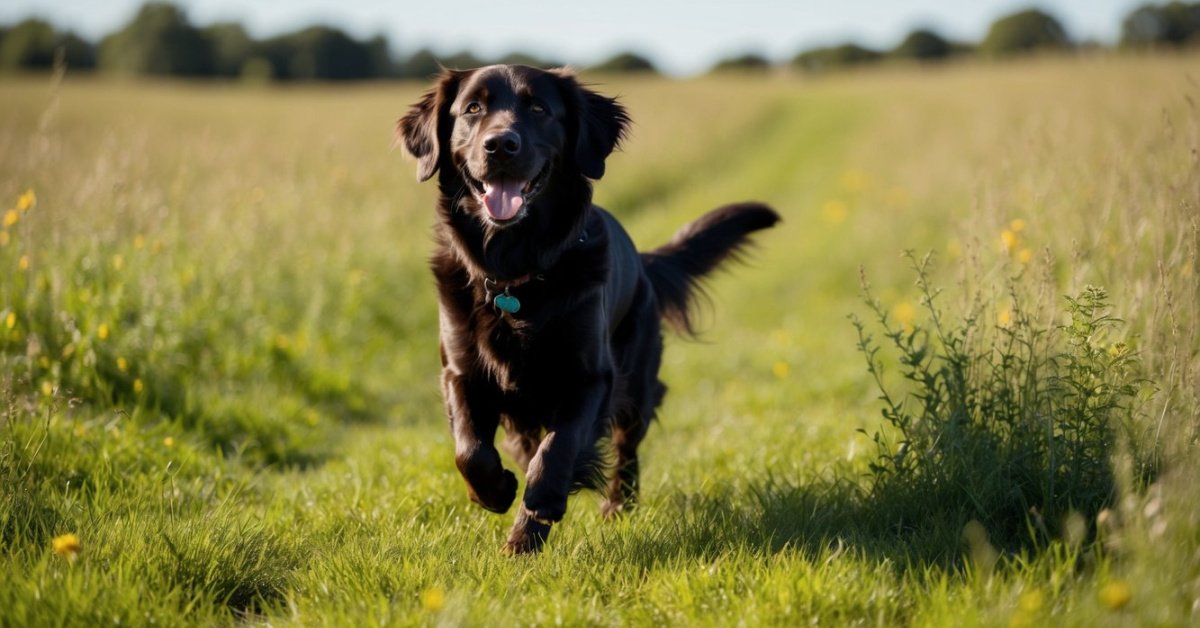Golden Retrievers have captured hearts for generations, but their story goes beyond just being lovable companions. As I dive into their history, I’m amazed at how these dogs evolved from skilled hunting aids to cherished family members. Their journey reflects not only changes in breeding practices but also shifts in our relationship with pets.
From their origins in Scotland to their rise as one of the most popular breeds worldwide, Golden Retrievers have adapted to meet our needs and desires. I can’t wait to explore how their traits have transformed over time and what that means for us today. Join me as we uncover the fascinating history of these golden-hearted dogs and discover why they’ve become such an integral part of our lives.
Overview of Golden Retrievers
Golden Retrievers originated in Scotland during the late 19th century. They were bred primarily for retrieving game during hunting expeditions. Responsible for this breed’s development were Lord Tweedmouth and his efforts to create a strong, intelligent, and loyal dog. These dogs exhibited qualities that made them excellent companions in both field and home settings.
Golden Retrievers possess a friendly demeanor, making them popular family pets. Their loyalty and intelligence contribute to their versatility, allowing them to excel in roles such as service dogs, therapy dogs, and search-and-rescue animals. This breed’s adaptability results from selective breeding practices that prioritized temperament and trainability.
Over the years, the breed’s appearance evolved, featuring a thick, water-repellent coat that comes in shades ranging from light golden to dark golden. Their distinctive feathering on the legs, chest, and tail adds to their appeal. These traits attract potential owners seeking an engaging and friendly companion.
I appreciate their gentle nature and eagerness to please. Golden Retrievers often form strong bonds with families, participating in various activities, such as hiking, swimming, and playtime. Their energetic disposition makes them great playmates for children and a source of joy in many households.
Origins of Golden Retrievers
Golden Retrievers trace their lineage to specific ancestral breeds and early breeding methods that laid the foundation for the breed we cherish today.
Ancestral Breeds
Golden Retrievers primarily descend from the Yellow Retriever and the now-extinct Tweed Water Spaniel. The Yellow Retriever contributed to the breed’s swimming ability and friendly temperament. The Tweed Water Spaniel added agility and intelligence, traits essential for hunting. Bloodhounds and Irish Setters also played a role in their development, enhancing their tracking skills and loyalty. These ancestral influences shaped Golden Retrievers into versatile companions, ideal for hunting and family life.
Early Breeding Practices
Lord Tweedmouth began formal breeding practices in the 1860s in Scotland. He crossed his Yellow Retriever named Nous with a Tweed Water Spaniel named Belle. The goal involved creating a well-rounded hunting companion, strong in water and on land. Tweedmouth continued refining the breed by incorporating Bloodhounds, Irish Setters, and other retrievers, emphasizing traits like intelligence, strength, and sociability. This careful breeding established the foundation of what we recognize today as Golden Retrievers.
Evolution of Golden Retrievers
Golden Retrievers evolved significantly since their inception, marked by changes in both appearance and temperament. These transformations resulted from targeted breeding practices aimed at enhancing specific traits desirable for companionship and work.
Changes in Appearance
Golden Retrievers originally possessed varying shades of yellow and had a more rugged build. Over time, breeding focused on refining their physical characteristics. Today, they typically exhibit a dense, water-repellent coat that ranges from light golden to dark golden hues. Coat feathering and an athletic frame help them excel in various roles, including hunting and service work. Their expressive eyes and friendly face enhance their appeal as family pets. The consistent emphasis on aesthetics has made them one of the most recognizable breeds in the world.
Shifts in Temperament
Golden Retrievers evolved from hardworking hunters to gentle companions. Early breeding prioritized strong instincts for retrieving, but modern practices emphasized temperament. Their sociable and friendly nature makes them excellent family pets and beloved therapy animals. The breed’s eagerness to please fosters positive interactions with people and other animals. Their adaptability in various environments, from homes to workplaces, showcases their balanced personality. This shift underscores the importance of companionship in their design, moving them beyond their historical roles as hunting aids.
Golden Retrievers in Popular Culture
Golden Retrievers hold a special place in popular culture, often depicted as loving companions in various media. Their friendly demeanor and intelligence have made them favorites in movies, television shows, and even social media.
Media Influence
Movies and television frequently showcase Golden Retrievers as loyal and intelligent family members. Iconic films like Air Bud portray them as athletic and skillful, while Homeward Bound emphasizes their loyalty and courage. These representations foster a positive image, encouraging people to adopt Golden Retrievers as family pets. Social media platforms amplify their popularity through viral videos and heartwarming photos, highlighting their playful nature and close bonds with humans.

Their Role as Service Animals
« Are Golden Retrievers Good Watchdogs? Discover Their Unique Qualities and Protective Instincts
How the Golden Retriever Breed Evolved: From Hunters to Beloved Family Pets »
Golden Retrievers excel as service animals due to their trainability and gentle temperament. They assist individuals with disabilities, providing support and companionship. Organizations like Canine Companions for Independence and Guide Dogs for the Blind train these dogs to perform tasks such as guiding visually impaired individuals and providing emotional support. Their innate kindness and eagerness to please make them exceptional candidates for therapy and assistance roles, further solidifying their status in society as beloved and valuable companions.
Modern Golden Retrievers
Golden Retrievers have evolved significantly to meet the needs of contemporary society. Their breeding reflects a focus not only on physical traits but also on temperament and behavior, ensuring they fit seamlessly into family life.
Breeding Standards Today
Breeding standards for Golden Retrievers prioritize health, temperament, and conformation. The American Kennel Club (AKC) recognizes specific traits that define the breed, including a strong, well-proportioned body and an outgoing personality. Breeders conduct health screenings to minimize genetic disorders common in Golden Retrievers, such as hip dysplasia and certain types of cancer. Responsible breeders select parent dogs based on their temperaments, ensuring the puppies inherit friendly and intelligent characteristics. The focus on improving the breed retains the original attributes while enhancing their suitability as family pets and service animals.
Current Trends and Challenges
Current trends highlight the growing popularity of Golden Retrievers as therapy and assistance dogs. Many organizations train them for roles in emotional support, enhancing their bond with humans. This shift presents challenges, including the need for breeders to balance demand with responsible breeding practices. The popularity of Golden Retrievers also leads to overbreeding, risking health issues and temperament problems. Educating prospective owners about adopting from reputable sources remains crucial. Ensuring ethical breeding helps maintain the breed’s integrity as both a loving family companion and a competent service animal.
Conclusion
Golden Retrievers have truly come a long way since their origins in Scotland. Their journey from skilled hunting companions to cherished family pets is a testament to their adaptability and loving nature. I can’t help but admire how their breeding has emphasized not just intelligence but also a friendly demeanor that makes them so special.
As they continue to thrive in various roles today, I feel grateful for the joy and companionship they bring into our lives. Whether they’re assisting those in need or simply being a playful part of the family, Golden Retrievers embody loyalty and love in every wag of their tail.

















